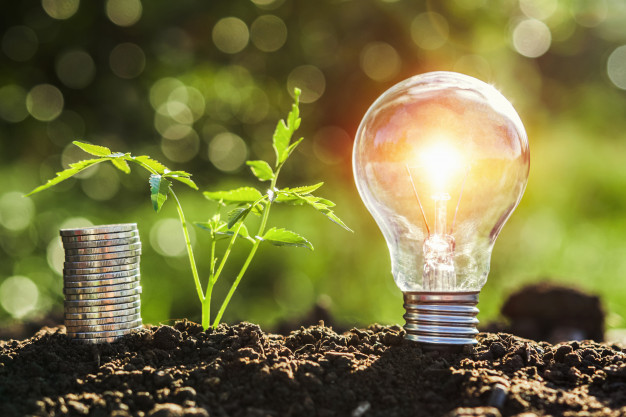Being energy efficient not only saves you big bucks but also helps the planet by reducing your carbon footprint. Some of us, intentionally or not, might be making some mistakes that result in higher energy bills. To improve your energy-saving skills, read on this tips from electrician and you can save plenty of energy and even more money.
- Upgrade old appliances and devices
Replace your old appliances, like air conditioners and ovens, newer models. As appliances age, they tend to use more power than they once did to achieve the same results. Newer models of appliances also tend to have energy efficiency built into their design.
- Install a smart thermostat
A smart thermostat works like an everyday thermostat but can be vastly more energy efficient. Rather than leaving your air conditioning or heating running for when you get home or during the night, you can program your smart thermostat.
For instance, you can pre-set it so that an hour before you get home in summer, it starts to cool your house. You can also set it to warm your house while you go to sleep but switch off once you’ve fallen asleep.
Using a smart thermostat can reduce how often you use your climate control appliances. In turn, this can lower your energy bills.
Some tips to reduce your energy bill even further including closing doors when using air conditioning and setting it to a sustainable temperature. Usually this is somewhere between 23–25°C.
Read here 13 Ways to Reduce Your Heating Bills
- Use a fan before trying the air con
Before starting up your air conditioner, try using a fan first. A fan can make your room feel cooler while using only 10% of energy an air conditioner would.
- Get appliance services
If you care for your appliances or devices, they will work more effectively and will use energy more efficiently. For instance, if the filters in your air conditioning are clogged up, it can take longer to cool a room. As a result, more power is used to achieve the same result.
Schedule regular maintenance for your appliances and deal with any problems before they become disastrous.
- Switch devices off at the wall
A simple way to save power is to only use power when you need to. The best way to do this is to turn appliances off at the wall unless you’re using them. Even when something is in standby mode and not in use, it is still consuming power. Get into the habit of switching things off at the wall, like your TV, microwave and computer.
- Do laundry in cold water
Heating water for laundry isn’t necessary and uses power. Consider washing your clothes in cold water instead. On average, if you’re doing three loads of laundry a week, using cold water instead of hot can reduce the cost by 20%.
A great way to further reduce your power usage when doing laundry is to hang your clothes up to dry rather than using a dryer. You can use a clothesline outside or one inside.
- Take shorter showers
As with laundry, it can cost a lot to heat water. And while a hot shower can be refreshing, it’s not worth the cost of a higher power bill. So try to shorten your showers, even by a minute. Try showering at a slightly cooler temperature too for increased savings.
- Use energy-saving bulbs
Save money by switching your light bulbs to energy-saving LED bulbs. LED bulbs consume less energy compare to normal bulbs and last 25 times longer. With LED bulbs, even though they cost more in the beginning, you’ll save lots of money in the long run.
- Use solar outside
Take advantage of one the most easily accessible free energy sources: the sun. Solar panels can store solar energy and may even mean you don’t have to pay for power at all.
Solar panels can be expensive to install though, but that doesn’t mean you can’t start using solar power now. You can easily purchase solar powered garden lights to light your garden path at night, along with a portable solar power bank to charge your gadgets.
- Use the microwave rather than an electric oven
A microwave can often be an alternative way to cook food, while taking less time and using less power than a traditional electric oven. Where possible, use the microwave rather than the oven to cook.
- Avoiding opening oven doors while food cooks
If you do use the oven, avoid the temptation to check on food by opening the door. Doing so can drop the oven temperature by up to 25°C. As a result, your oven needs to use more power to get the temperature back up.
A more energy-efficient way to check on food is turn on the oven light and look through the window.
Conclusion
Do your best to look after the environment and you’ll be rewarded in the short-term with lower power bills. Follow the steps above to live a more energy-efficient lifestyle.






